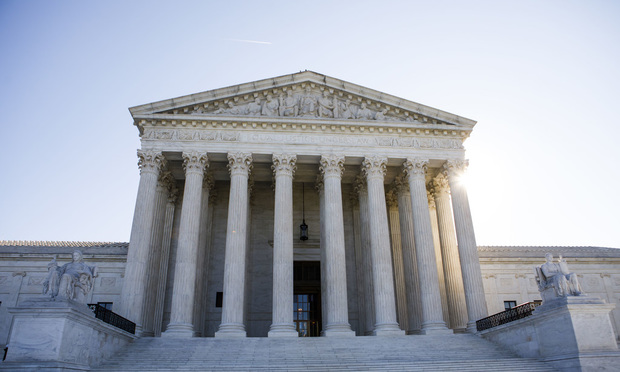High-deductible health plans are increasingly being offered by employers in four different business sectors, and those employers are adopting a range of strategies — including paying a larger share of premiums — in attempts to get employees to choose them. But employees aren’t necessarily convinced.
That’s according to the most recent report from Benefitfocus, Inc., which finds that in the education, manufacturing, health care and retail industries, the adoption of HDHPs was on the increase, with employers using a range of strategies to encourage employees to adopt them.
While employees worry about the higher out-of-pocket costs associated with HDHPs, lower premiums do attract some. And in 2017, the report says, employers are not only making efforts to make HDHPs more attractive to employees, but are doing the same with health savings accounts.
Across all large employers, HDHP offerings rose by 8 percent. In the education field, however, there was a 100 percent increase in the number of employers offering HDHPs — from 22 percent in 2016 to 44 percent this year. The plans weren’t all that popular with employees, however, who predominantly chose HMOs — accounting for 37 percent of workers’ selections — despite the fact that average employee premiums for HMOs increased by as much as 45 percent.
This was despite the fact employers took on a greater share of the total premium so that the average employee-paid HDHP premium for family coverage in the education industry fell 16 percent year over year. The report says that in contrast, the average employee-paid premium for all employees on the Benefitfocus platform for HDHPs rose by 12 percent.
In health care, 51 percent of employers added the choice of an HDHP to the menu of more traditional plans; that was up from 37 percent last year. In addition, employee-paid premiums for individual-coverage HDHPs and PPOs saw substantial increases of 19 and 17 percent, respectively.
Manufacturing firms were the most aggressive adopters of HDHPs, with 61 percent of respondent firms offering them; manufacturers occupied a similar position in 2016. And they’re paying for the privilege, with their share of premiums rising by 11 percent; employee-paid premiums for individual-coverage HDHPs, on the other hand, dropped by 9 percent. Employers in manufacturing also increased their contributions to family-coverage HSAs by 22 percent.
Employee adoption of HDHPs was higher in retail, where it rose by 30 percent over 2016. In addition, 39 percent of employees chose at least one of three income protection benefits (accident, critical illness and hospital indemnity insurance), and 11 percent elected all three — year-over-year increases of 77 and 1,000 percent, respectively.
The retail industry, according to the report, also had higher-than-average growth in employee contributions to HSAs, with retail employees contributing 6 percent more to individual-coverage HSAs and 9 percent more to family-coverage HSAs year over year.
© Touchpoint Markets, All Rights Reserved. Request academic re-use from www.copyright.com. All other uses, submit a request to [email protected]. For more inforrmation visit Asset & Logo Licensing.






